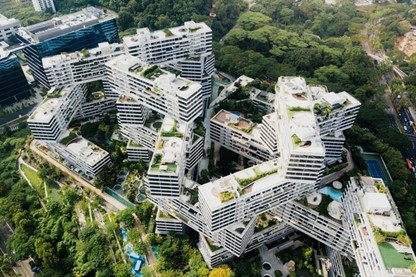
Planted green walls and rooftops, tree-lined roadsides, urban ngahere (forests) and wetlands not only beautify our cities, but they are also critical elements in our efforts to mitigate and adapt to the effects of climate change.
Associate Professor at AUT’s School of Future Environments, Dr Maibritt Pedersen Zari, is calling on built environment professionals, scientists and policymakers to urgently implement urban ecological regeneration strategies in cities across the globe.
In a paper published in Nature Climate Change, Pedersen Zari says that as urban environments continue to expand, so, too, does their contribution to biodiversity loss and greenhouse gas emissions.
“Cities tend to be hotter than surrounding areas because they are made of high mass materials and tend to have reduced vegetation and pervious surfaces. This is called the ‘urban heat island effect’, a phenomenon that will be exacerbated by climate change. Obviously this will have huge negative impacts on people, as well as non-human life that live in these places,” says Pedersen Zari.
Regenerative living city strategies can mitigate and potentially even start to reverse some of these effects.
Implementing regenerative living city strategies based on increasing urban vegetation can support biodiversity, help cool and purify air, prevent or lessen flooding, and sequester carbon from the atmosphere.
Energy savings attributed to green roofs were found to be up to 85 per cent for cooling and almost 50 per cent for heating in one study, while another study found the installation of a green wall decreased external wall temperature by 11 degrees, therefore reducing emissions created by artificially cooling the building, and combating the urban heat island effect.
Read more here.










